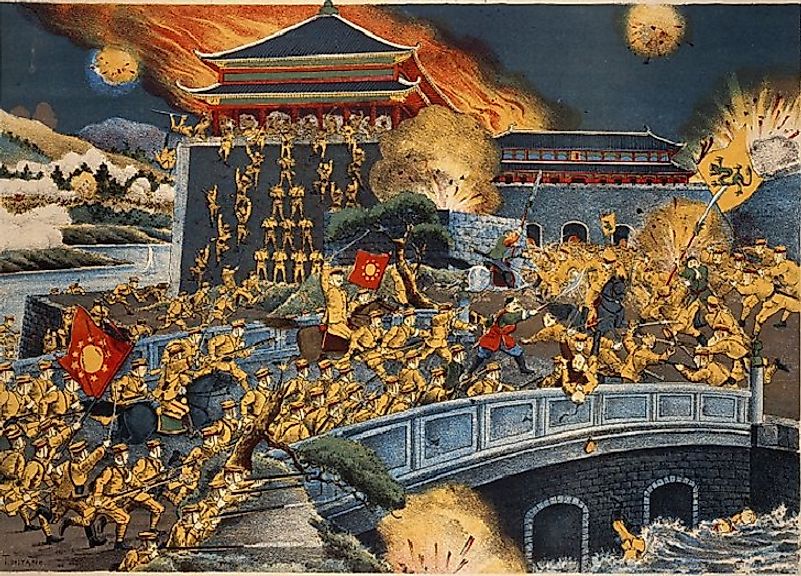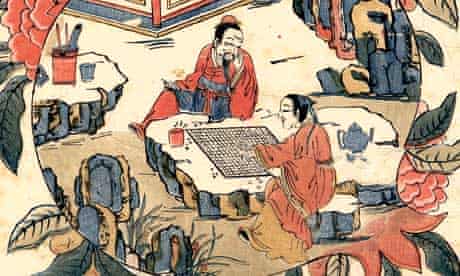A Brief History of Chinese Culture
Throughout history, Chinese society has been divided into different strata, each with their own values and beliefs.
The first class to emerge was the Emperor, who held supreme power 神料用品, and the next class to form was the
peasantry, followed by the merchant class. The first division began as early as 221 during the first Qin Dynasty.
However, after the Communist Revolution, the ruler was replaced by communism.

Many aspects of Chinese culture were passed down through the ages by various deities. The last one, the Great
Qing, is the best example of this. While the Yellow Emperor was the first to introduce the Tao, his successors
insisted on the cultivation of agriculture and the cultivation of Tao https://jinpaper.com/collections/%E5%85%B6%E4%BB%96%E7%A5%9E%E6%96%99. The sage Lao Zi systematized Taoist thought
over 2,500 years ago in his book Dao De Jing.
The juxtaposition between western fashion and ancient traditions is a hallmark of the Chinese culture. In the
modern world, Chinese people coexist with old-world traditions and a more westernized lifestyle. The most
prominent example of this is the melding of the modern with the ancient. Regardless of how one looks, they tend
to be deeply connected to their heritage. In addition, the people in China are fascinated by dim sum and western
food.
Chinese people value their face. They do not want to hurt their reputation or lose face. Rather, they approach
social situations sensitively, focusing on the feelings of others. Their ‘face’ represents their integrity, honour, and
self-worth. The Chinese are sensitive to their own feelings and do not like to be perceived as being insensitive. In
the modern world, the ‘face’ concept is ingrained in everything they do.
Before the Warring States, China was known for sculpture. The bronze vessels carved with inscriptions have
served as religious artifacts for thousands of years. The corpses were buried with their bodies. The jade suits sat
beneath them. The practice of footbinding and embroidery are still common. They are the earliest examples of the
history of Chinese culture. They are a striking example of the artistic and cultural legacy of China.

The Chinese are highly spiritual. Throughout history, the Chinese have worshipped several deities, including the
Door god. The lion, Guan Yin, and Buddha have all been popular figures. Moreover, they have created a number
of mystical objects and are part of the cultural landscape. In ancient China, the concept of a spiritual world has
permeated the society. Traditionally, it has also been used as an alternative medicine.
Despite the diversity of ethnic groups, the traditional Chinese culture is highly uniform. The language and customs
of these people vary greatly depending on the region. Historically, the country was a powerful and influential force
in the world. Today, Chinese society has become the most populated country in the world, and its cultural influence
can be felt all over the Asia-Pacific region. Besides its enormous land area, China also has fifty-five ethnic groups.
While most people call the country “China”, these minority groups have their own dialects and customs.
